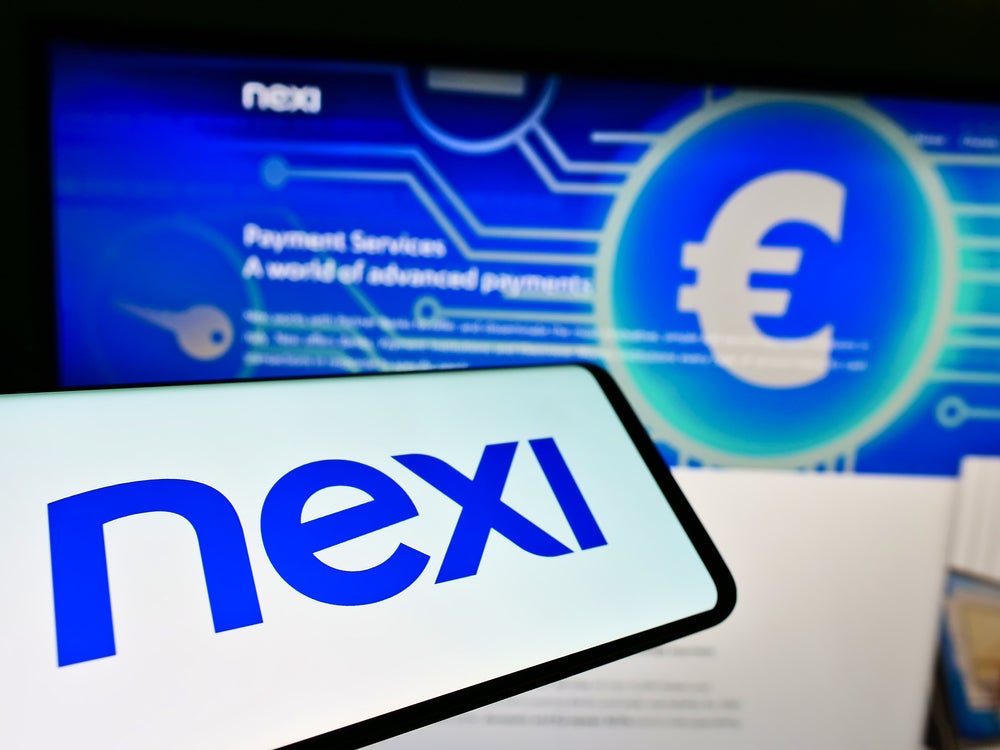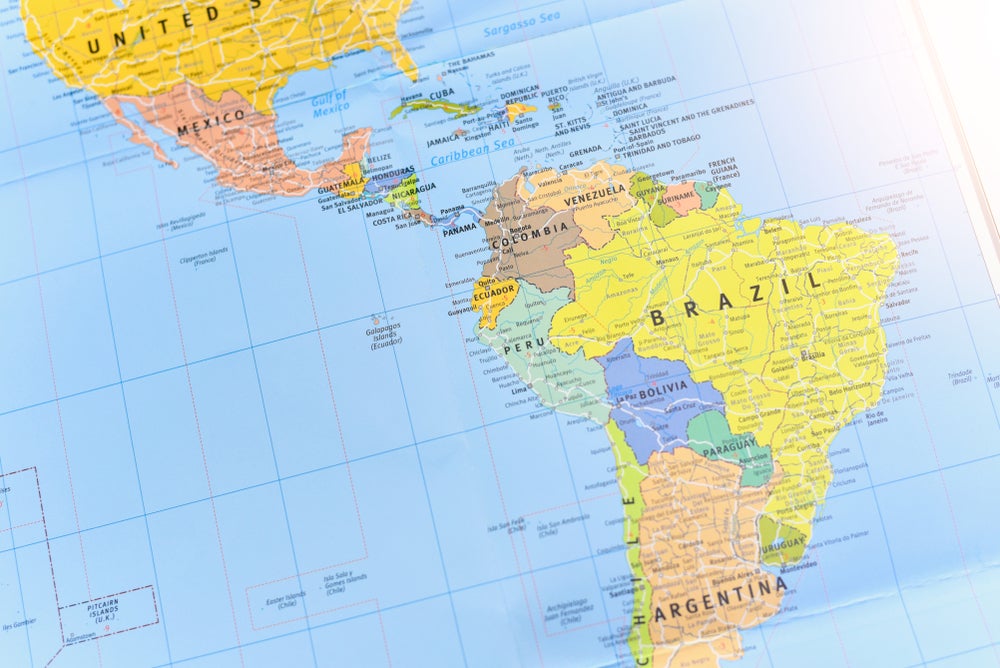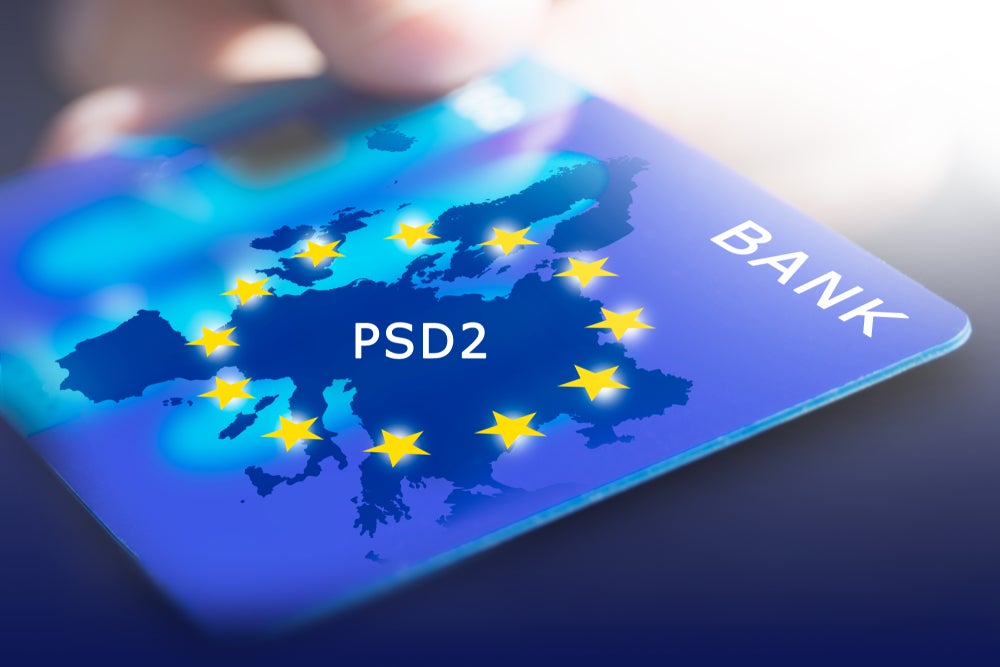Given the amount of coverage in trade publications heralding the
arrival of contactless payments, it would appear the average
American consumer is counting the minutes until issuance of the
latest payments toy. Not so, says Megan Bramlette,
managing associate at Auriemma Consulting’s Cardbeat division.
Dispelling the notion that contactless payments are on every
consumer’s want-list, the consultancy recently conducted a survey
of credit card users and found 97 percent of respondents had no
idea contactless technology even existed and had little enthusiasm
for the concept.
Reaching just 3 percent of the customer base would seem dire
news indeed, but what is more disturbing is that nearly a quarter
of respondents (23 percent) said they would never use such
technology because of identity-theft concerns.
Another 32 percent of consumers would not want a contactless
card because they do not want more cards.
“The really troubling thing is that once you get people through
the technology and they know what you are talking about, they shrug
and say: ‘Yeah, that’s nice.’ They are not all that fired up about
it,” Bramlette told EPI.
“The consumer is on the one hand confused by what contactless
payments are, and on the other hand, they are sort of lost as to
what to make of it, and what the benefit is for them.”
How well do you really know your competitors?
Access the most comprehensive Company Profiles on the market, powered by GlobalData. Save hours of research. Gain competitive edge.

Thank you!
Your download email will arrive shortly
Not ready to buy yet? Download a free sample
We are confident about the unique quality of our Company Profiles. However, we want you to make the most beneficial decision for your business, so we offer a free sample that you can download by submitting the below form
By GlobalDataBramlette, who described the survey’s results as “discouraging,”
said she is far from ready to dismiss contactless technology as
this year’s gadget – a futuristic idea that gets thrown on to the
scrap heap as an idea whose promise lies far beyond its practical
application.
“There is a lot to like about contactless payments, as a
technology, but unless there is a real critical mass of consumers
that put pressure on the retailers to ramp up the availability of
contactless, they face a real uphill fight,” stressed
Bramlette.
The card associations, and several major card issuers, have made
massive investments in contactless payments, and it is still far
too early to make any predictions about the future of the
technology.
MasterCard has been pilot testing a contactless payment system
since 2006 in New York with cards issued by Citigroup. The next big
test will take place in early 2009 when it expands the programme to
other issuers, card brands, and public transport organisations.
Visa’s payWave contactless payments system implementations and
pilot trials have been announced in Australia, Canada, China,
Brazil, France, Guatemala, Hong Kong, Indonesia, Italy, Korea,
Malaysia, Poland, Singapore, Spain, Switzerland, Taiwan, Thailand,
Turkey, the UK and the US.
According to consultancy Javelin Strategy & Research, 24.8
million consumers worldwide will use chip-embedded credit cards for
contactless payments this year, and the firm estimates that the
number will double within five years. That is a miniscule number on
a worldwide basis, though.
Major difficulties
One of the major difficulties for contactless payments is the
chicken-and-egg nature of acceptance: for contactless payments to
really take off, consumers need contactless devices and lots of
places to use them. So what comes first, the issuance of devices or
the expansion of merchant locations?
Bramlette said that Auriemma’s research showed the conundrum
clearly: no one wants another card or device of any kind. And they
do not care if it is a replacement or an alternative or whatever,
they just do not seem to want it.
So, while 40 percent of respondents to Auriemma’s survey said
they would use a contactless card if the issuer sent them one, they
reported their driving reasons for use were speed and
simplicity.
“And we know for a fact right now that neither of those
variables are really being proven right now,” said Bramlette.
The big hurdle now is education, Bramlette said, adding that
retailers will do whatever the customer base demands.
She continued that once respondents were read a brief statement
explaining contactless payments, 45 percent said they would be
willing to own a contactless device.
Additionally, 63 percent of respondents stated after reading the
description that they would use a contactless card more than a
standard credit card because it is a new technology. A similar 67
percent said they would use a contactless card more because of its
ease of use.
“Think about the education needed to translate that on any broad
consumer scale, though,” observed Bramlette. “It will take a huge
commitment.
“Retailers right now are not feeling any pressure at all from
the customers, who see only a few [contactless] terminals out
there, and it becomes this exotic sort of thing that only the
gadget people out there know about.”
Finally, the issue of cardholder security could be a huge
obstacle to contactless payments, Bramlette said.
Auriemma asked consumers to rate the perception of security of
various transaction types on a 10-point scale, and found that
contactless payments rate lower than regular card transactions.
On the 10-point scale, they gave a regular card transaction a
six while contactless rated a four.
“That is a pretty huge drop in perceived security,” emphasised
Bramlette.
“When you talk to consumers about the identity theft issue, you
get the feeling that they already are really ramped up on the
issue, and this looks, to them, like giving thieves one more way to
swipe a person’s identity.
“This is a real issue for contactless, and it is not going to go
away without a whole lot of work on the education front.”
So how can issuers overcome all of these obstacles?
Bramlette is not sure, but the research certainly indicates the
industry has a long way to go to ensure contactless payments are
the wave of the future.
Charles Davies







